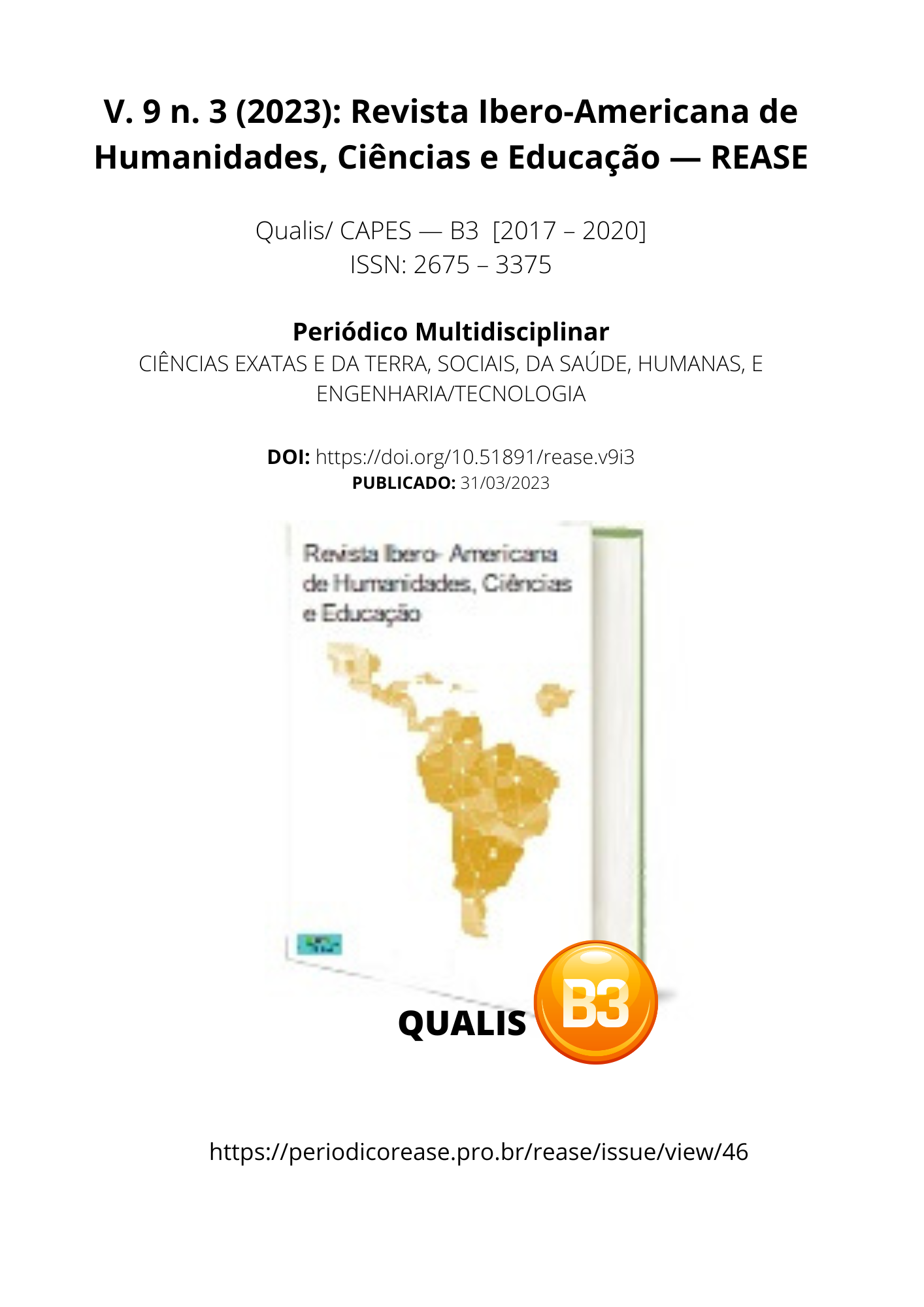THE FEDERALIST: SEPARATION OF POWERS AND DEFENSE OF THE REPRESENTATIVE REPUBLIC
DOI:
https://doi.org/10.51891/rease.v9i3.8959Keywords:
The Federalist Papers. State. Separation of Powers. Representative republics. Public administration.Abstract
The Federalist Papers discusses the Constitution of the United States of America of 1787, bringing original and essential contributions to the understanding of the organization of the North American State. This article seeks to discuss two themes that are central to the debates held in the work in question: his theory of the separation of powers; and the defense of a representative republic as a way to combat the evils arising from the factions. For this, a qualitative research is carried out, which, by deductive method, addresses articles from the work O Federalista, as well as resorts to the bibliography that seeks to understand and discuss it - thus analyzing the most relevant issues related to such themes.
Downloads
Downloads
Published
How to Cite
Issue
Section
Categories
License
Atribuição CC BY

